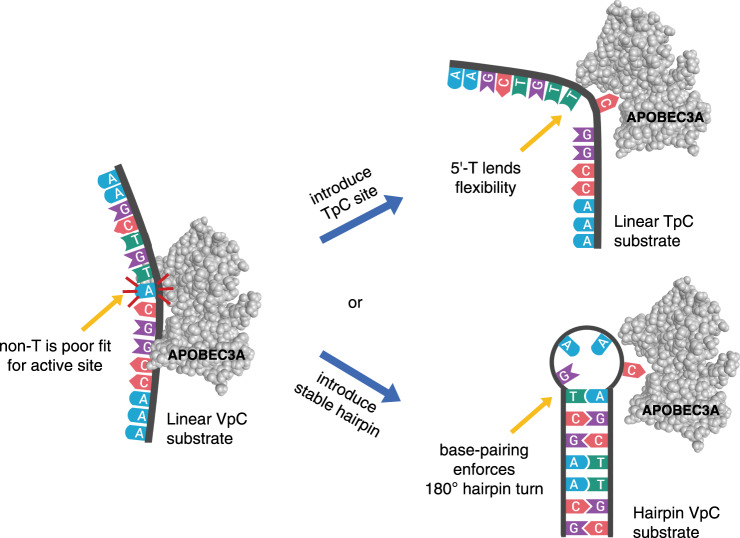Fig. 7. Determinants of APOBEC3A substrate optimality.
Linear (non-hairpin) DNA substrate containing a VpC sequence has both non-optimal sequence and non-optimal structure, causing it to be a poor substrate for APOBEC3A. However, improving either the primary sequence (top path) or secondary structure (bottom path) improves the overall substrate optimality and enables APOBEC3A activity. Changing the VpC sequence to TpC enables productive contacts between the T and the enzyme, and may also increase flexibility at the precise point where the DNA needs to bend to fit into the A3A active site. Keeping the VpC sequence but changing the structure to a hairpin prepays the entropic cost of bending the DNA at the 5′ site, enforcing a 180-degree hairpin turn. (Figure created with BioRender.com).

